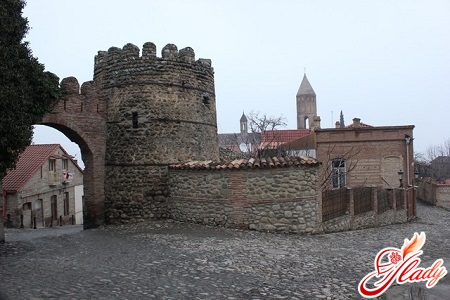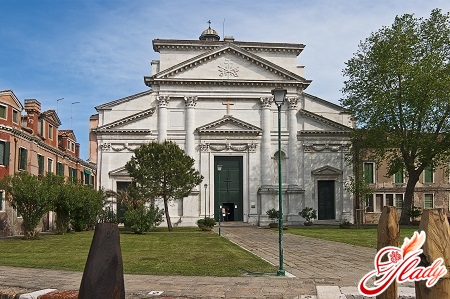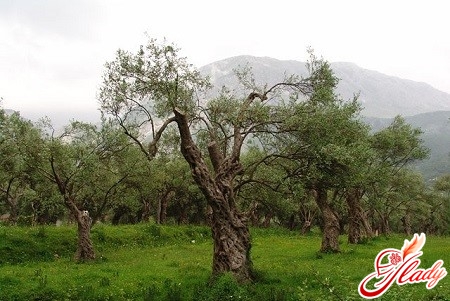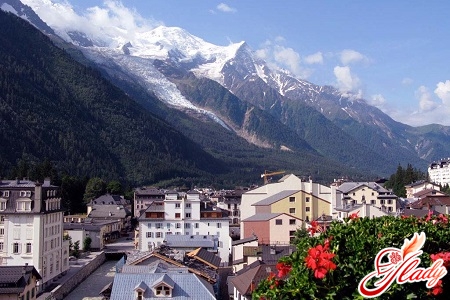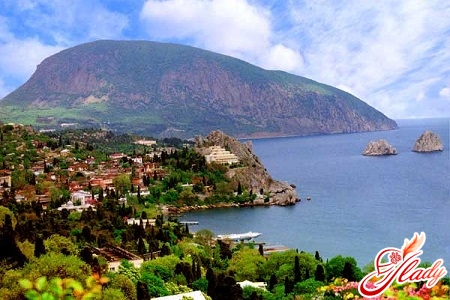
Crimea is rich in interesting places (likenatural and man-made). While on holiday here, do not deny yourself the opportunity to visit the mountains and caves, ancient cities and monasteries, picturesque palaces and parks, waterfalls and canyons located in the region. If you travel by car, then the numerous attractions of Crimea, which are scattered throughout the peninsula, will be even more accessible to you.
Living and dead water and the Bakhchisarai reservoir
The prominent sights of Crimea are associated withwater, here are some of them. Bakhchisarai Reservoir is the oldest reservoir in Crimea, created by human hands, it was built on the Egizob ravine back in 1931. The capacity is 2.3 million cubic meters, and the surface area is about 110 hectares. Initially, it was created for irrigation and water supply of nearby lands, today the water from it is used only for irrigation. Near the Bakhchisarai Reservoir there is an interesting phenomenon - Kachin Gate, also known as the Breakthrough Valley. These waters are a favorite place for freshwater fishing. By the way, today the facility is leased, it is specially stocked with fish, and twice a year a competition is held for catching predatory fish, fishing here is paid. Pike, perch and pike perch are found in the Bakhchisarai Reservoir. Sights of Crimea - this is a fairy tale, one of the chapters of which is a waterfall with a mysterious and unusual name Waterfall of dead and living water. This miracle of nature is located near the Red Cave (not far from the village of Perevalnoye) and a blood-colored rock wall, where two springs beat from under a huge stone (the distance between them is only 70 cm). In one spring - living water (temperature - 80 degrees), in the other - dead (60 degrees). It is interesting that the composition of the water in the springs is different, in the living - more salts.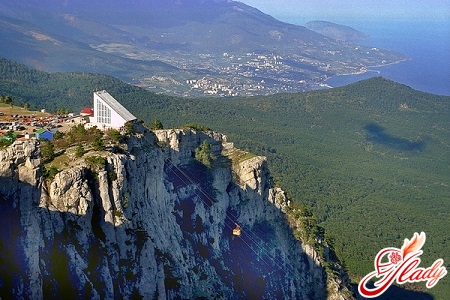
Arhadresses and unique varieties of wine
Not far from the foot of Cape Meganom, twelvekilometers from Sudak there is a huge plateau with hills and valleys, its peculiarity is that in summer due to the sea wind and scorching sun it turns into a semi-desert. The uninhabited area was called "Arkhaderesse" (translated as "the back of the ravines") back in the Middle Ages. In the nineteenth century, the corner attracted Prince Golitsyn, he decided to plant it with champagne grape varieties, the soil contained silicon, which gave a special sophistication to the wines. 100 hectares of vineyards and almond trees! Sauvignon, Riesling, Verdelio, Semillon, Furmint, Muscat, Saperavi, Cabernet, Pinot Gris, - this is just a small list of plant species. The wine needed to be stored somewhere, and the prince built wine cellars. They also have a special feature - They were not made in the traditional way (they were not dug, but filled in: first, the bottom of several ravines was leveled and widened, and then the vaults were covered, which were filled in from above). The Arkhaderesse wine cellars are 3 stories deep. Prince Golitsyn's vineyard grew signature wines (Muscat Pink No. 27, Madeira No. 21, Port White Crimea No. 13, Lunel No. 24). But the history of this place is not entirely rosy. The fact is that the creator of the estate was removed from managing the vineyard after some time and was prohibited from entering its territory, almost all native plant varieties were on the verge of destruction. More than a century has passed, and the vineyards have been restored, it is worth noting that some brands of wine, for example, Arkhaderesse, Black Doctor, Black Colonel, Solnechnaya Dolina, are produced only here.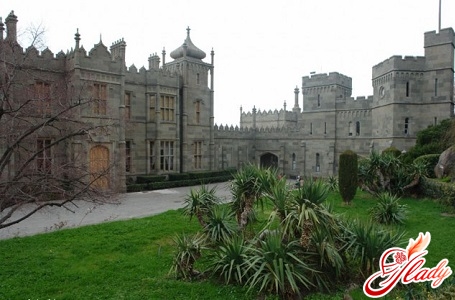
Vorontsov's house
Vorontsov House is one of the brightest placescity of Simferopol, there is a landmark in Salgirka (park). This cultural monument is a nice small mansion, built in 1826 according to the design of the famous architect Elson. The house is called Vorontsov, although the first owner was Governor Naryshkin. Prince Vorontsov purchased the mansion in 1834, he lived here when he came to Simferopol on business. The appearance of the building is a combination of oriental motifs and classic European style; this symbiosis is typical for the first half of the twelfth century in this region. Europe "gave" the building a small terrace leading to the park, an original colonnade and marble lions. The East is represented by a small terrace, which is completely decorated in the Tatar style.
Five kilometers from Kerch
The Adzhimushkay quarries are located inseveral kilometers from Kerch. They are underground mining workings, which are today recognized as one of the memorial sites dedicated to the Second World War. The story is as follows: in 1942, Soviet soldiers were forced to leave Kerch, the enemy surrounded part of the Soviet troops near the Adzhimushkay quarries, our soldiers were forced to go underground to protect their native lands; then a military garrison of ten thousand people was created in the Adzhimushkay quarries. Clear organization and strict military discipline turned the garrison into a serious force. The German army tried many times to destroy the Russian defenders in the Adzhimushkay quarries, even seizing external water wells and throwing suffocating gases into them, but the Soviet soldiers staunchly resisted. Only by the end of the year did the Germans take the remaining fighters prisoner. 32 years after the end of the Great Patriotic War, the Museum of the History of the Defense of Quarries was opened at the site of the military actions; its first visitors were those who survived that struggle. Incidentally, the museum partially recreated the atmosphere of those years. Based on the search work, surviving documents and eyewitness accounts, gas mask partitions, a well, defensive walls, and mass graves were reconstructed.




